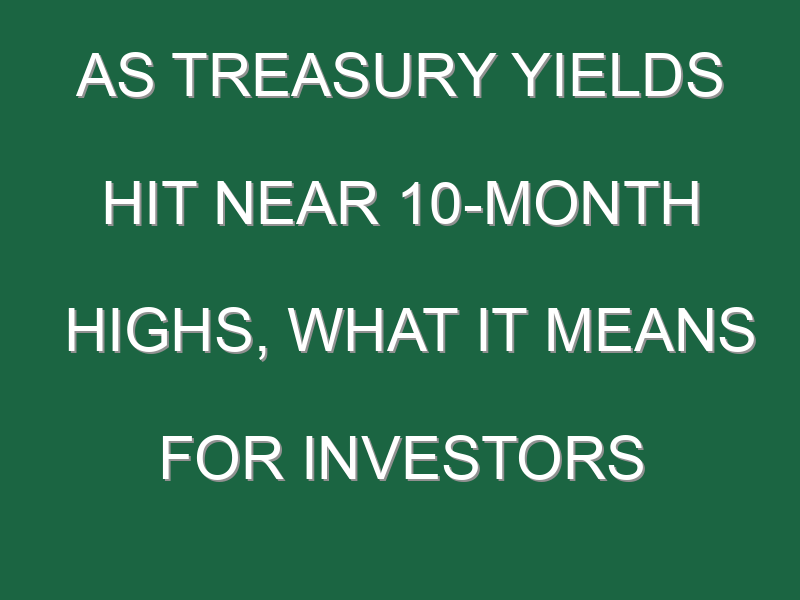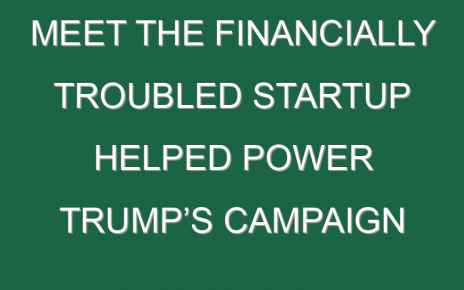Treasury yields are on a tear.
The 10-year Treasury yield touched 1.18% on Tuesday, continuing its strong start to 2021 and hitting its highest levels since late March last year. However yields closed flat following ample demand in a $38 billion auction of new 10-year notes midday.
“The move has been a pretty decent move in a pretty short period of time, and I think a lot of that is really related back to the election results,” Charlie Ripley, senior investment strategist for Allianz Investment Management, tells Fortune, referring to the two Georgia runoff elections. That’s based on the expectation that a slim Democratic majority in Congress will lead to more stimulus in the coming months, which is “really pushing yields up on the Treasury curve,” he notes.
Some strategists think “we may see more of the same over the rest of 2021” when it comes to rising yields, LPL’s Ryan Detrick wrote in a note Tuesday, as LPL Financial analysts expect the 10-year to remain in the 1.25% to 1.75% range by year’s end, “supported by continued economic improvement and a manageable pickup in inflation,” they wrote. (At around 1%, though, analysts at LPL noted, yields “would have been [at] a record low” before 2020.)
With the latest run-up, some on the Street are keeping an eye on the yield’s trajectory in relation to the stock market. Allianz’s Ripley notes that “in an environment where rates are coming from a low base, there’s just a little bit more sensitivity around interest rates…We could see a little bit of a resistance in the equity markets from that standpoint if rates continue to rise from the levels that they’re at,” he argues.
Indeed, stocks sold off on Monday and traded relatively flat Tuesday, with the S&P 500 up 0.04% and the Dow 0.2% higher at the close, as equity markets tried to “digest” the rising yields, Ripley suggests.
So, how should investors view these yield moves?
“At the top line, [higher Treasury yields] won’t so much be an alternative, so they won’t necessarily derail the run we’re seeing in equities,” Wells Fargo Investment Institute’s Sameer Samana tells Fortune. “Where they’ll have an impact is kind of below the surface at the sector and industry group level. They’ll cause a rotation, [and] we’ve already started to see quite a bit of that,” in cyclical areas like financials, materials, and discretionary, he notes.
For income investors, even if the 10-year yield hit 1.5% (Samana’s 2021 target), “rates don’t really hold a candle to equities,” he says. At 1.5%, “the 10-year [would] really just equal the S&P [500] dividend yield, and we think this year dividends have quite a bit of room to increase.”
Meanwhile many strategists are doubtful yields will keep up the pace we’ve seen in the first week of 2021, and Ripley believes the Fed will “keep a lid” on how far rates go.
Mark Haefele, chief investment officer at UBS Global Wealth Management, wrote in a Tuesday note that while “the potential for fiscal stimulus justifies slightly higher U.S. Treasury yields, along with a normalization of economic activity as the vaccine rollout ramps up,” he doesn’t expect the “run-up in yields to go much further.” That’s because he expects pressures from inflation will remain “subdued,” adding that the Fed will tolerate even higher inflation (as it has indicated), while rising debt likely won’t be a factor lifting yields.
As for now, Wells Fargo’s Samana has a few pointers for investors who are on yield watch: He suggests “this is not the time [for] long-duration” bonds in your fixed-income portfolio and recommends tilting “some of the fixed-income money toward equities,” specifically toward cyclicals.
More must-read finance coverage from Fortune:
- These Fortune 500 companies are halting contributions to Republicans (and Democrats) in the wake of Capitol attack
- Trump to leave office with the worst jobs record since Herbert Hoover
- Still waiting on your $300 unemployment benefit to start? What you need to know
- Still waiting for your second stimulus check? How to track down your money
- What a second Trump impeachment could mean for the stock market



